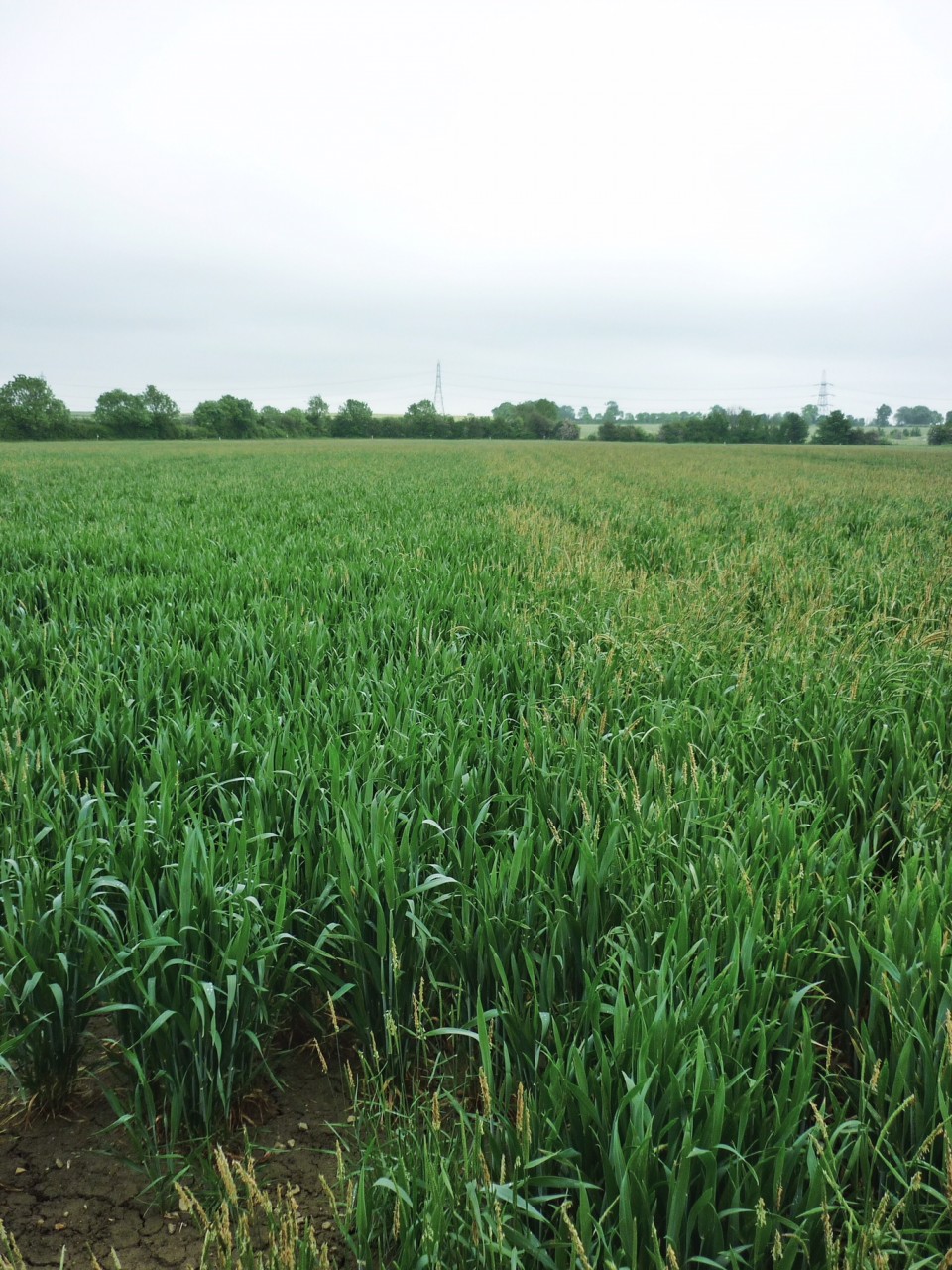Hold your nerve – don’t drill fields with bad black-grass until mid-October
The drilling of cereals is progressing at pace in many parts of the UK, with the majority of crops going into good seedbeds. However, there are some areas that could do with a decent night's rain and, more importantly, those who have fields with a black-grass problem should actually be prepared to wait.
Managing black-grass
It is now well accepted that managing black-grass requires a fully integrated approach, often needing a fundamental change to the rotation and establishment strategy.
The hot, dry weather in June and July has meant that black-grass shed this year has a low dormancy.This should not be confused with the germination patterns of seed retained within the soil profile which, although will decline in viability over time if left buried, still has the potential to cause a significant problem if disturbed.
The dry summer has also done an excellent job of restructuring heavy clay soils.Following harvest, hopefully stubbles were left undisturbed, as burying seed when soils are dry is more likely to induce secondary dormancy rather than encourage the weed seed to chit.Undoubtedly, some weed seed will have fallen down cracks to depth.Provided light is excluded, little germination is likely to occur from below 10cm depth.
In preparation for drilling, some growers may be carrying out shallow surface cultivation if they haven't already, even if it's no more than an attempt to fill in some of the cracks. When doing this, look to work the soil no deeper than the planned final drilling depth.
Field walks in the last few days have shown that black-grass is starting to emerge and of particular note is that some of it is coming from 10-20mm below where the soil has been moved. Delaying drilling for another ten to 15 days could have a significant influence over how much black-grass we can control pre-drilling with glyphosate, and also how much emerges once we have drilled.
The green bridge
In terms of the overall control strategy, we shouldn't understate the importance of managing the 'green bridge' - the period in which problems from one crop can prevail and subsequently impact the following season's.
Look to apply a minimum of 540g/ha of glyphosate and be sure to add a water conditioner in hard water areas. Crucially, we all know how important glyphosate is to our business so always follow the latest stewardship and WRAG guidelines.
Once the crop is in the ground, ensure appropriate 'residue stacks' are applied. Keep in mind that if you have concerns about the soil being too dry for the pre-emergence spray to work, it is better to delay drilling.
A final thought - can you drill too late?
The answer is yes.Crop competition is an important element of the integrated approach.It can be difficult to put a specific date on it as this will very much depend on the year. However, if you know that establishment is going to be slow and possibly compromised by cold and wet soils, increased slug damage and short day length, as a minimum you should look to increase seed rates or switch to spring cropping.
As a subscriber, you’ll receive email alerts each time a new blog is published so you can always stay updated with the latest advice and insights from our experts






Comments